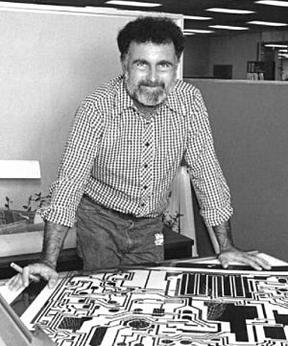By the way, I don't think it's just a fixed amount of 'latency' involved. As far as I remember, only the first order (6dB / octave) sets the 45 degrees between drivers. Shouldn't higher slopes have uneven latency, relative to the crossover point?
Phase between drivers is only indirectly governed by the (final) order of the filter slopes (wrt the acoustic target, not the electric one alone).
However, there are some clean relationsships for common specific filter characteristics that are easy to memorize.
First, we assume we have a symmetrical crossover with equal, mirror-images sloped and transition regions. Further, the acoustic centers of the drivers are all in one plane
Then we have:
- first order gives 90° phase offset between drivers at all frequencies.
- second order Linkwitz-Riley has 180° phase offset throughout, that's why one way must run inverted.
- third order Butterworth sports a constant 240° offset but again one way must be inverted, then giving 90° phase offset
- ... and so on ...
==> Odd order Butterworth acoustic target XO has 90° phase offset between drivers and even order Linkwitz-Riley gives the same phase for all drivers. Same phase response means same group delay for all drivers, one of the assets of Linkwitz-Riley XO.
Note this strictly only applies when the XO point is sort of isolated, no other XO point or roll-offs nearby. These add phase according to their transfer function and if only applied to one of the ways, the fixed phase relationships falls apart (and the summed response isn't completely flat anymore).
For total phase of the summed response, the total phase rotation follows a slightly different pattern:
- first order : 0°
- second and third order : 180°
- fourth and fifth order : 360°
- ... and so on ...
Inverting one way (on top of any required inversion) in an odd order XO gives the same magnitude frequency response. However it creates an (unwanted) additional 180° phase offset, that's why these configurations are discarded but they occasionally pop up in wrongly wired speakers.
With higher orders (>=4 or so) there is significant total group delay below XO with a pronounced peak right at the XO frequency. For very low XO point like from sub to woofer this tends to be quite audible. The higher the XO the lesser the chances for audible issues, IME (but I seldom use anything steeper than 6th order acoustically).







